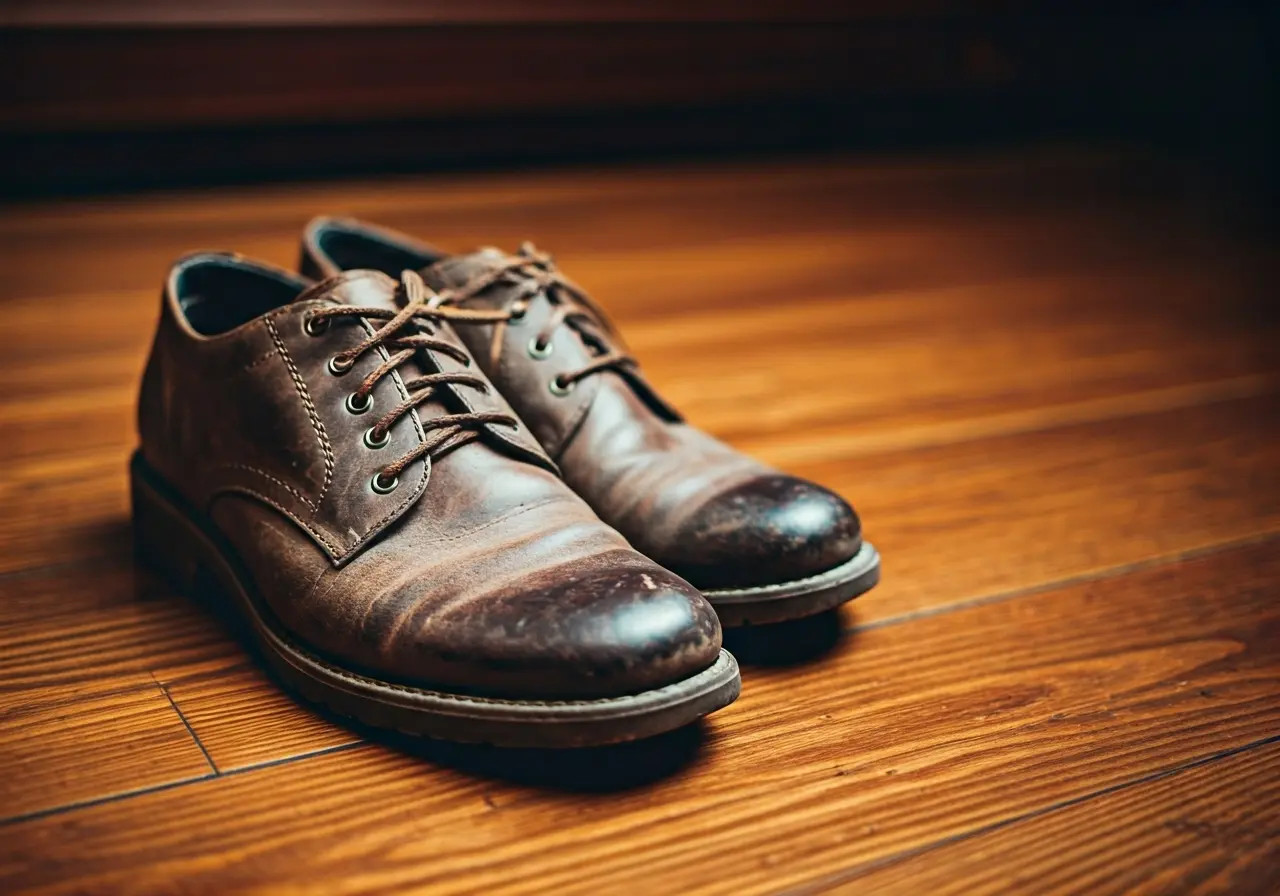
Are nature shoes suitable for gym workouts?
Nature shoes have gained popularity for their eco-friendly designs and comfort in outdoor settings. However, you might be wondering if they are appropriate for intense gym workouts. In this guide, we explore whether nature shoes make the cut for your fitness routine.
Understanding Nature Shoes
Nature shoes are designed with sustainability and natural movement in mind. They often feature eco-friendly materials and a flexible sole for comfort in outdoor environments.
These shoes aim to mimic the natural shape and movement of your foot, providing a barefoot-like feel while still protecting your feet from the elements. This design can enhance sensory feedback, which some people find beneficial for balance and coordination.
While traditional gym shoes focus on providing ample cushioning and support, nature shoes prioritize a close connection with the ground. This can improve foot strength and proprioception over time, which is particularly advantageous in natural terrains.
Key Considerations for Gym Workouts
Gym workouts often require footwear that provides support, stability, and cushioning. It’s essential to evaluate if nature shoes can deliver these features.
When engaging in activities like weightlifting, having a stable and secure base is crucial to prevent injury and maintain correct form. Shoes with solid soles and strong support are recommended for these exercises.
For cardiovascular exercises such as running on a treadmill or participating in high-impact aerobics, shoes with adequate shock absorption can help protect your joints from undue stress.
Consider the gym floor surfaces you frequent; if they’re hard and unforgiving, you might need shoes that provide more cushioning than your nature shoes currently offer.
Pros and Cons of Wearing Nature Shoes at the Gym
Nature shoes can be lightweight and comfortable, but may lack the structured support needed for certain exercises, such as weightlifting or high-impact cardio.
One significant advantage of nature shoes is their breathability, which can help keep your feet cool during prolonged workouts. However, this feature might come at the cost of added protection and support.
Additionally, the minimalist design can encourage better movement patterns. But keep in mind, for exercises involving lateral movement, like basketball drills, a shoe offering more lateral support might be necessary.
People with strong feet who have transitioned to minimalist styles might find nature shoes effective for moderate gym activities, but newcomers should proceed with caution to prevent strain or injury.
Alternative Choices for Gym Footwear
If nature shoes aren’t suitable, consider other options like cross-trainers or specialized gym shoes that prioritize performance and safety.
Cross-trainers can offer a balance of cushioning and support, suitable for a variety of gym activities. They are designed to handle both aerobic exercises and weightlifting without compromising performance.
For those who focus on specific types of workouts, like weightlifting, investing in a pair of weightlifting shoes with a raised heel and robust support can improve your form and reduce the risk of injury.
Runners who incorporate gym workouts into their routine might benefit from a dedicated pair of running shoes with enhanced shock absorption and lightweight design for running-centric exercises.
Final Thoughts on Nature Shoes for Gym Workouts
In conclusion, while nature shoes offer exceptional comfort and are environmentally friendly, they may not always meet the demands of rigorous gym workouts. It’s crucial to assess your specific fitness needs and choose shoes that provide adequate support, stability, and durability for your activities.
- Choosing a selection results in a full page refresh.
!


























































